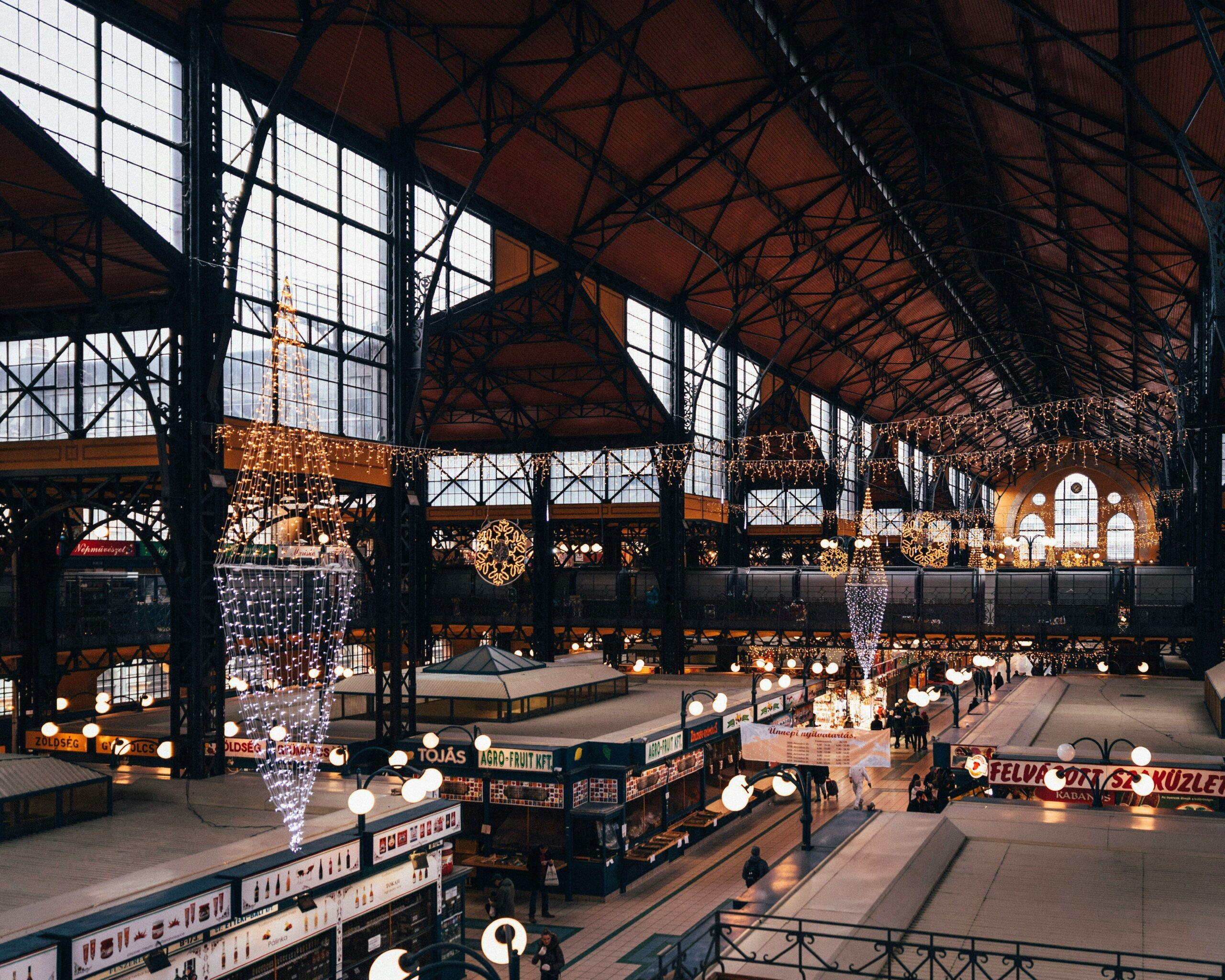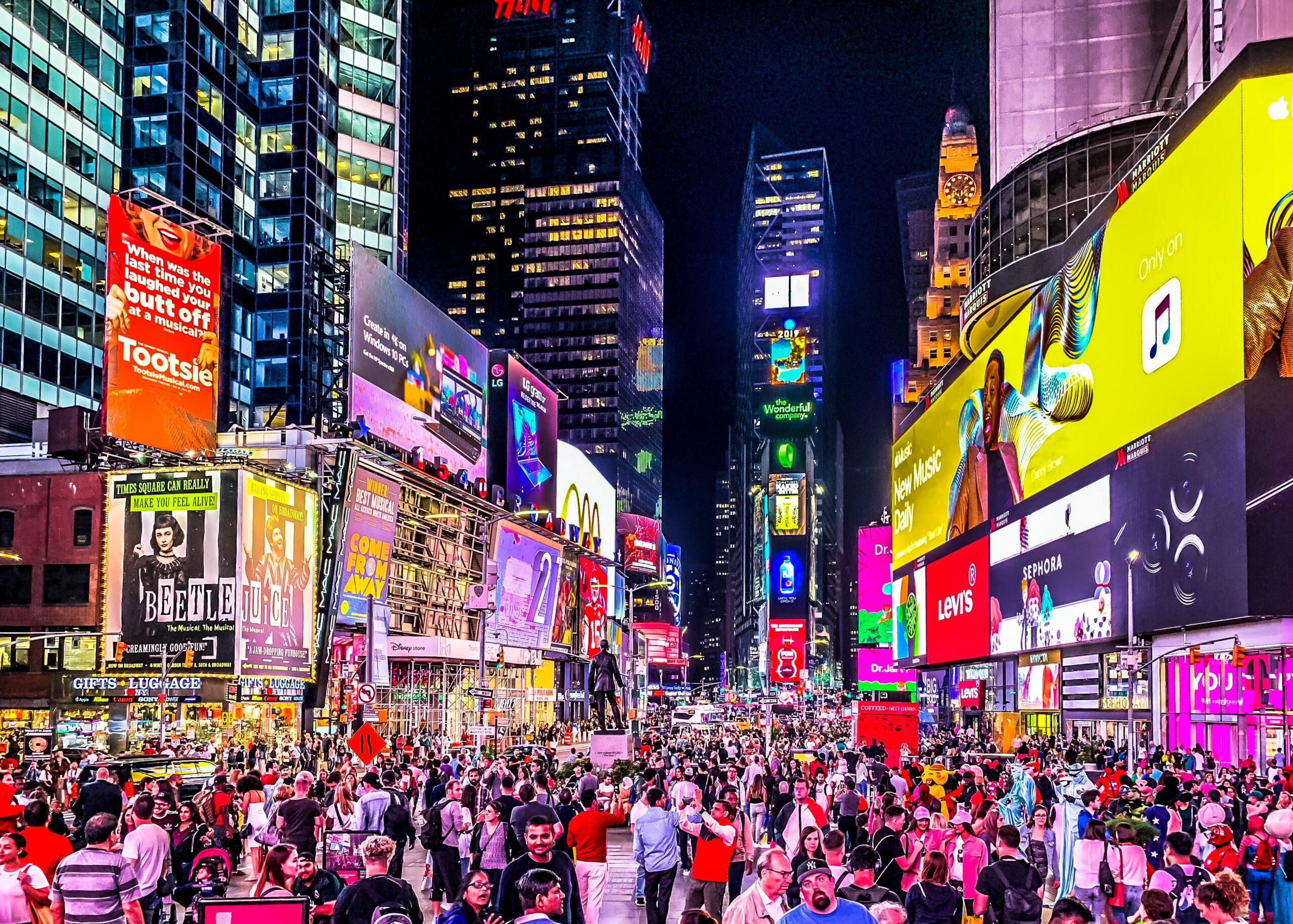
From Chernobyl to Fukushima: 7 Disaster Tourism Destinations
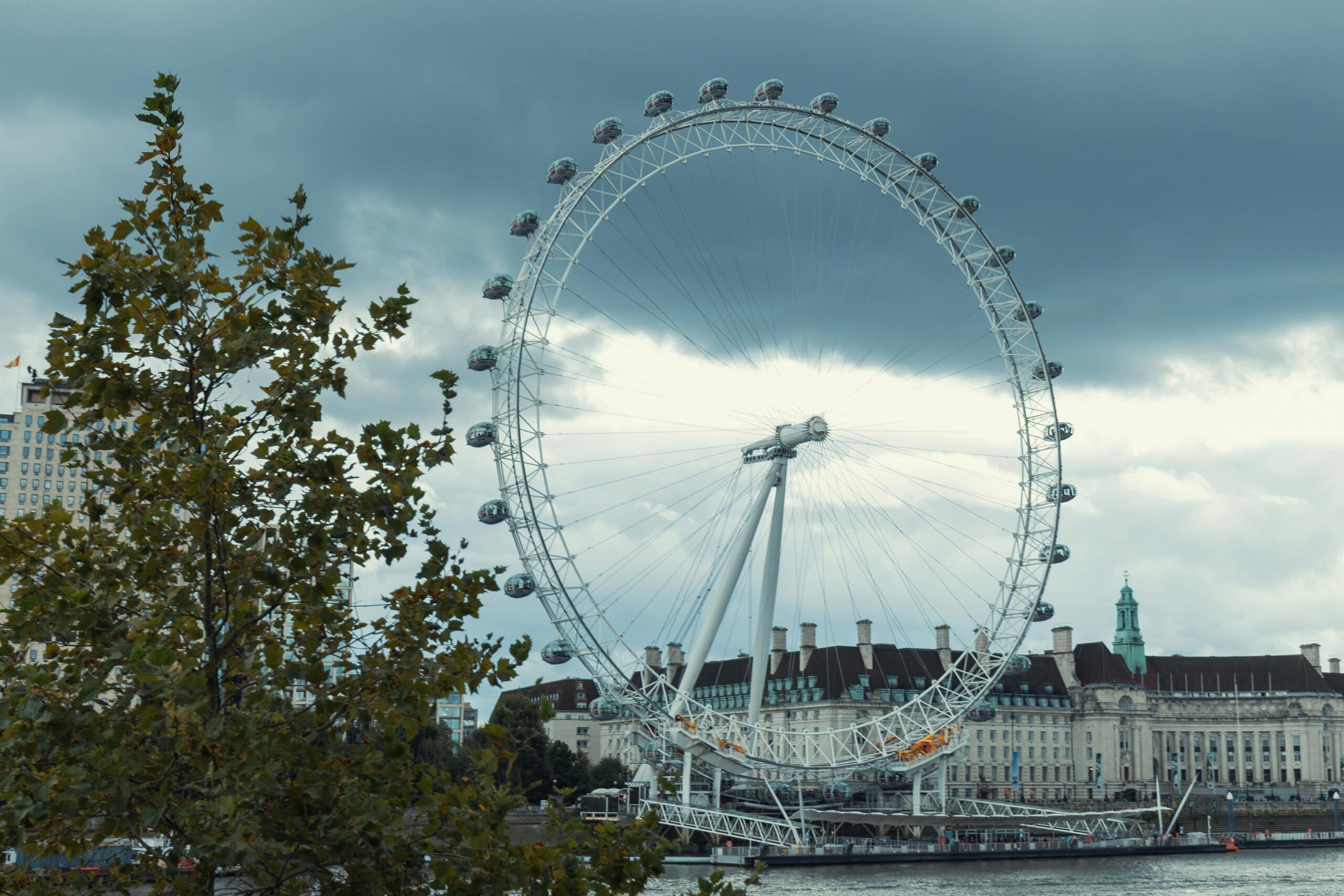

Following the release of the HBO miniseries “Chernobyl,” tourism to the surrounding Ukranian town has increased substantially. Chernobyl’s popularity, however, is not isolated: It’s just one of many macabre destinations around the world that tourists are flocking to as part of a phenomenon called “disaster tourism.”
This form of travel is an offshoot of “dark tourism,” a term that describes any form of travel to places that are eerie, abandoned, or connected to death and tragedy. While dark tourism’s destinations can include any graveyard or vine-covered mansion on the side of the road, disaster tourism specifically revolves around sites of mass destruction.
The moral implications of visiting these sites are thorny, and it’s important to remember that these are all sites of devastating tragedy, not amusement park attractions meant to provide cheap thrills. However, dark tourism can also be a way of processing and honoring the past; and then there’s the fact that most places on earth, at one time or another, were the sites of some sort of disastrous event.
With all that said, here are seven of the most extreme disaster tourism destinations in the world.
1. Chernobyl
No list of disaster tourism sites would be complete without the mother of them all—Chernobyl, the site of the 1981 nuclear disaster that left a ghostly city in its wake.
It’s impossible to visit Chernobyl without a tour guide, but luckily there are many guided trips to choose from. You can take day trips, which will take you through abandoned kindergartens, vine-covered ferris wheels, and more relics; and, there are even two to three day tours, which will allow you plenty of time to drink in the landscape’s aesthetic of quiet devastation, or perhaps to commune with ghosts.
The first question many people ask about visiting Chernobyl is if it’s safe. While radiation lasts a long time, and certainly still exists in Chernobyl, the human body can tolerate small doses of radiation without impact—so as long as you don’t move into the town, you should be good to go.
 Image via Fox
Image via Fox
2. Bikini Atoll Nuclear Test Site
As a collective human race, we’re fascinated by nuclear power, perhaps because of its unfathomable ability to wreak mass destruction on a vast scale. If you just can’t stay away from nuclear sites, or want to go a little further from the beaten path than Chernobyl, the Bikini Atoll Nuclear Test Site in the Marshall Islands is an obvious choice. In all seriousness, the Bikini Atoll weapons test is a brutal example of the United States’ arrogant willingness to wreak havoc on others’ lives in order to achieve their own military goals. The tests began in 1946, displacing a total of 167 Marshallese inhabitants. In 1954 the U.S. detonated the most powerful bomb it has ever made, and to this day, those islands are still unlivable.
The U.S. government closed the islands for tourism in 2008, but you still have the option to scuba dive nearby if you make arrangements with the Bikini Atoll Divers.
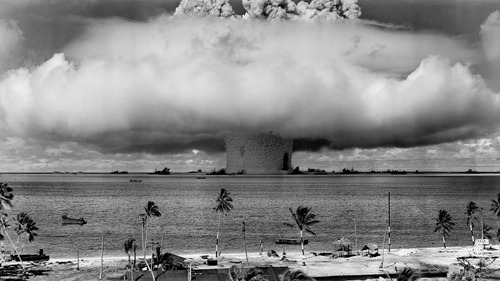 Image via RT.com
Image via RT.com
3. Pompeii
As far as disaster tourism sites go, this one is probably one of the least controversial, given the fact that Mount Vesuvius erupted in AD 79.
Pompeii can be visited via passage from Rome, and there are hundreds of tours offering visits to the site. Even two thousand years later, and despite its popularity with tourists, Pompeii is still sobering to see. It was once a bustling port town, and you can still see the remnants of the lives that were suddenly stopped in their tracks when nature decided to unleash a flood of lava—graffiti, cafes, vestiges of daily life in ancient times. Pompeii’s eeriest attraction, of course, are the mummified bodies lying in the places they died so long ago. The site is a testament both to the ephemerality and permanence of human life and civilization: In death, the citizens of Pompeii have achieved a form of immortality.
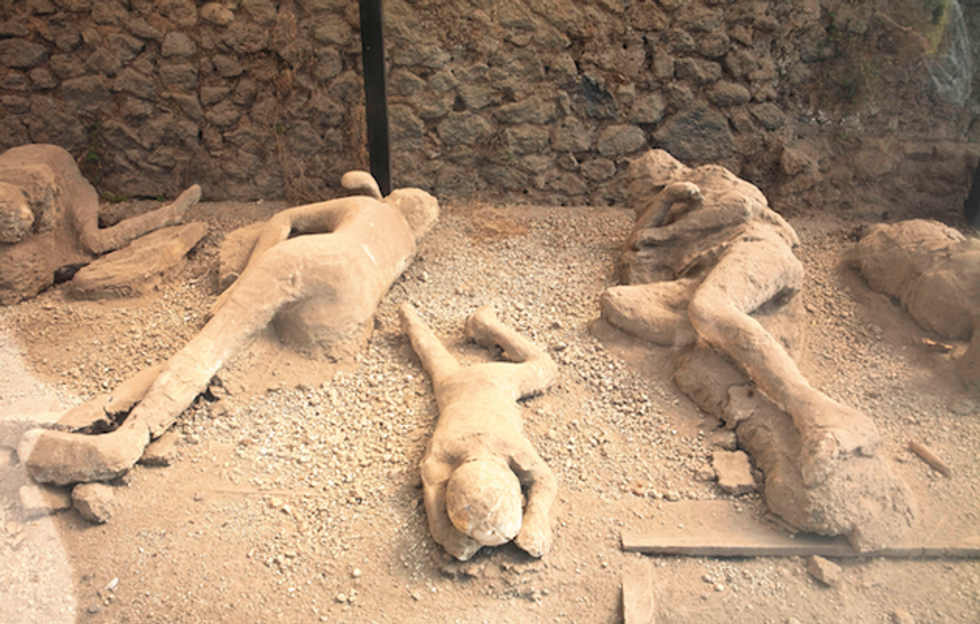 Image via L’Italo Americano
Image via L’Italo Americano
4. New Orleans: Katrina’s Wake
It’s been fifteen years since Hurricane Katrina decimated New Orleans, and much of the city has not yet recovered. There are several tours in operation that will take you through what remains of Katrina’s ravages, as well as directions for self-guided exploration. You can walk by the breached levees, making your way through the ruins of the Lakeview neighborhood of New Orleans.
There are a fair number of memorials, museums, and rebuilt areas that are testaments to the city’s resilience, such as the rebuilt Musicians Village in the Upper Ninth Ward and the revitalized Tennessee Street. Still, it’s easy to see the places where reconstruction has failed: The Six Flags amusement park was never rebuilt and is being reclaimed by nature, as are whole neighborhoods. It’s important to note that neighborhoods inhabited by people of color were disproportionately affected by the storm and ignored by recovery efforts; and low-income areas like the Lower Ninth Ward are still missing more than half of their pre-Katrina inhabitants.
5. Exxon Valdez’s Oil Spill
In 1989, the Exxon Valdez oil tanker hit a reef off the coast of Alaska and leaked roughly 30 million gallons of oil into the sea, killing hundreds of sea creatures and staining 11,000 miles of coastline with oil. The coastal town, Prince William Sound, has mostly rebounded since the disaster, but the shoreline has not recovered.
Today, the family-owned Stephens Cruises operate glacier tours out of the sound that focus on the history of the disaster and its consequences, and they discuss the oil industry’s impacts on climate and ecological life today.
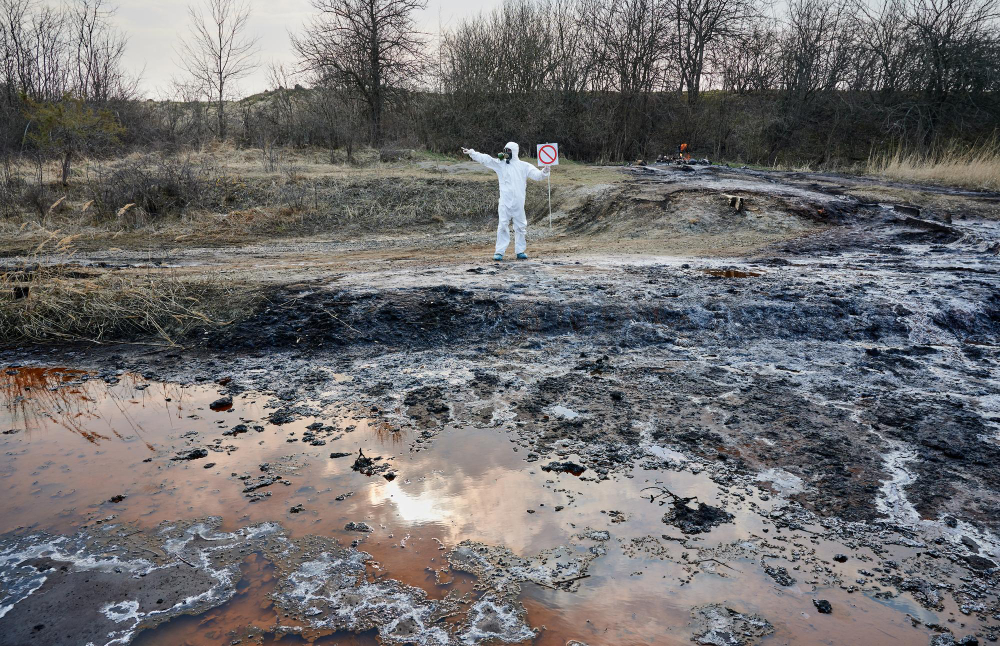 Image via Grist
Image via Grist
6. Port-Au-Prince, Haiti
After the 2011 earthquake, Haiti suffered through misguided relief efforts, and the consequences of that disaster and its aftermath are still visible on the island. However, a visit to Port-au-Prince is not all about viewing ruins, because Haiti is very much alive. With its rich history and its gleaming beaches, Haiti is a growing destination, a combination of damaged infrastructure and vibrant community.
To see the most visible remnants of the quake, there are destinations like the skeletal Sans Souci Palace, reduced to scaffolding, though you can also see the disaster’s impact in Haiti’s poor transportation system, and in the fresh new construction that is lifting Port-Au-Prince back onto its feet. With careful planning or a well-researched tour, a trip to Haiti can be an exploration of a beautiful country and a tour of devastation rolled into one.
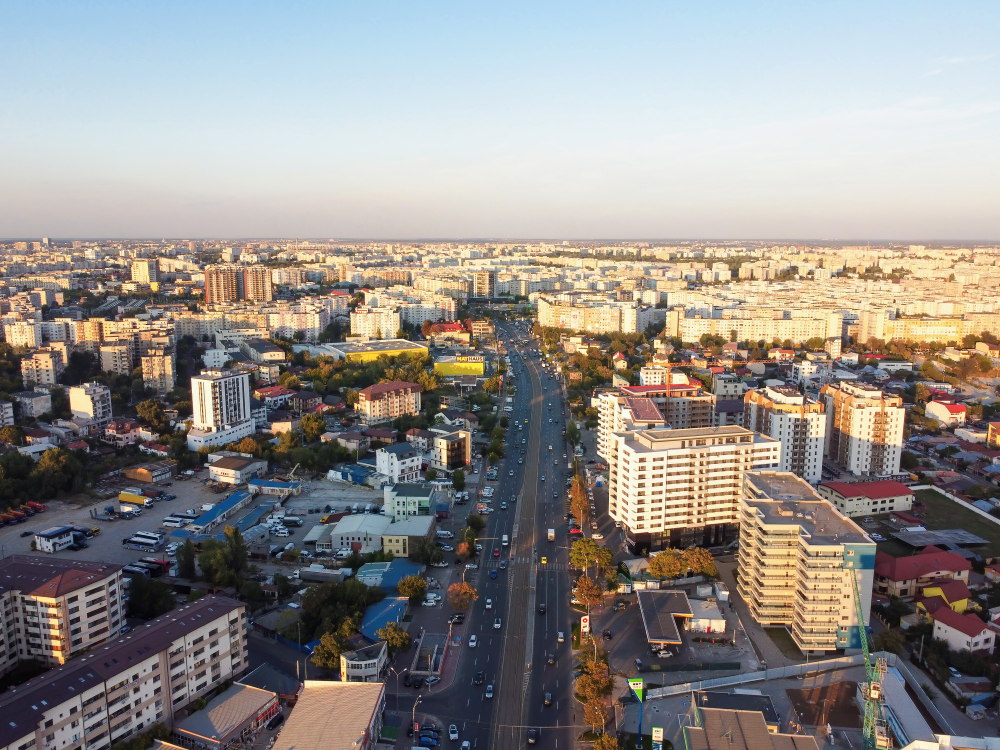 Image via MustSeePlaces
Image via MustSeePlaces
7. Japan’s Fukushima Exclusion Zone
Japan is already a well-known destination for dark tourism. Visitors have long flocked to its Aokigahara ‘suicide’ forest, but no disaster zone is more popular than the remnants of the 2011 Fukushima nuclear meltdown.
Officials say the area is radioactivity-free now, though 52,000 people remain displaced because of the accident. Still, that hasn’t deterred tourists—or tour companies. With these tours, you can visit surrounding towns and farms alongside local guides, exploring ruined train stations and abandoned towns like Tomioka, frozen in time since the explosion. The destination also offers plenty of cheerier sights: cherry trees, hot springs, and high-quality sake are just a few of the delights you can partake in if you visit the area. Essentially, Fukushima is perfectly safe to visit; just don’t wander too far off the beaten path, because in certain very select areas there are “hot spots” where radiation is higher, though most are inaccessible or surrounded by dense woods.
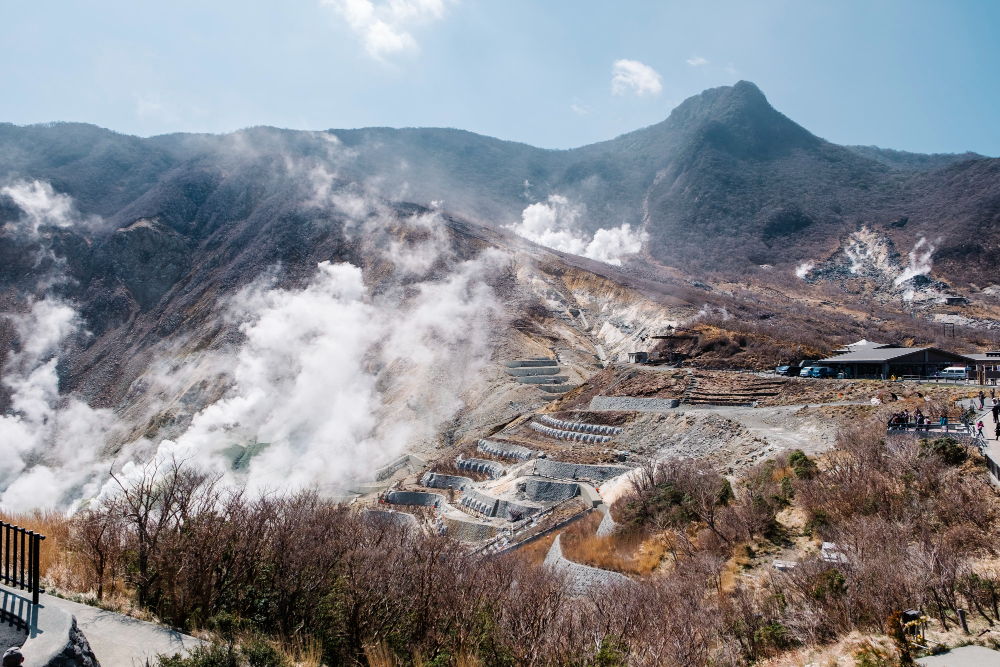 Image via ABC
Image via ABC
While a visit to the site of a nuclear disaster or oil spill might sound irredeemably grim, tourism—when it’s done thoughtfully—can be beneficial. First, tourism can provide necessary income for locations struggling to get back on their feet; and second, it can help keep places in the public conscience. The 1989 Exxon disaster site in Alaska is slipping out of memory, but tourism to the site is a reminder of the enduring consequences of oil spills, which can continue to haunt landscapes decades later.
Also, it’s important to remember that many of these disasters were caused by climate change, and there will only be more catastrophes like these if we continue to let the earth’s temperatures rise—hurricanes will tear apart more nuclear plants, and more levees will break from rising sea levels, and more ghost towns will crop up.
“Because the modern tourist feels disconnected, tourists seek the genuine when they go on vacation,” writes Emily Godbey in an essay about why people are drawn to dark destinations. Dark tourism is a form of melodrama, a form of theatre in which “the thrill was based on reality’s nearness,” she writes. So while tourism is usually thought of as an escapist activity, disaster tourism turns this on its head; it’s effectively a way of looking the reality of human destruction straight in the eye.
{% if 4406306 in post.sections %} {% if post.layout_name==’GeistM total blank’ %} {% if post.layout_name==’GeistM Foreign’ %} {% if post.layout_name==’GeistM no top ad all devices’ %} {% else %} {% else %}
{% endif %} {% endif %} {% endif %} {% endif %}- alaska
- bikini atoll
- chernobyl
- chernobyl tourism
- dark tourism
- disaster tourism
- exxon valdez
- fukushima
- haiti earthquake
- haiti tourism
- hurricane katrina
- hurricane katrina tour
- hurricane katrina tourism
- japan
- japan fukushima
- japan fukushima safe
- new orleans
- new orleans tour
- nuclear
- nuclear site
- nuclear tourism
- oil spill
- pompeii
- visit bikini atoll
- visit chernobyl
- visit haiti
- visit japan fukushima
- visit new orleans
- visit port-au-prince
